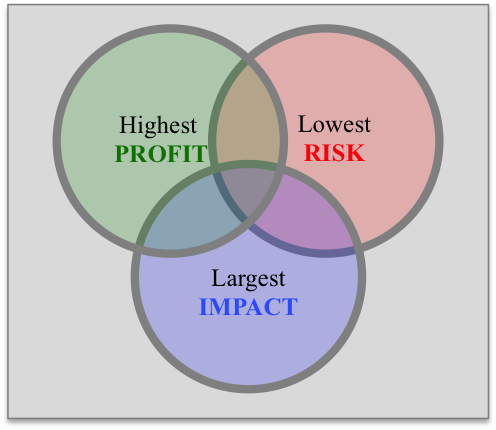Objective: Many consider the “Holy Grail” of Impact Investing to be the sustainable use of natural resources for promoting economic development. In such cases, the goal is to use a nation’s own natural resources to create products whereby the value-added to the natural resources will benefit the host nation. Identifying the optimal business opportunities require a comprehensive assessment and optimization of hundreds of factors. As a result, many impact investment funds have been forced away from investing in “start-ups” — the very business enterprises that are the effective engines for economic growth and quality job creation. Novametrics’ predictive capability allows organizations to navigate confidently frontier environments that others consider inaccessible or high-risk.

The Novametrics database contains a full array of datasets for evaluating the socio-economic, environmental, and infrastructure landscape. The dynamic graphic below demonstrates database analysis for Liberia. Critical factors for identifying prime development opportunities can be sorted and evaluated.
Novametrics algorithms were then used to identify the prime location through the optimization of measures for land productivity, work force quality, infrastructure, and market access; and the mitigation of such risk factors as instability, conflict, and environmental disruptions.
Using the Novametrics statistical and geospatial analysis, optimal locations were identified (red circles). Site visits to both these locations were undertaken and a final selection was made.


Articles of Incorporation presented by the President of Liberia, Ellen-Johnson Sirleaf, and the project was awarded financial incentives as a national priority investment.

Manufacturing plant designed as a thesis within the Engineering Department at Princeton University. Manufacturing plant is carbon-neutral and operates off the grid.

A consortium of rubber farmers was formed to provide organically grown, fair-trade latex. The organizational structure occurred under Liberia's educational institutions as part of their agricultural training and research curriculum.